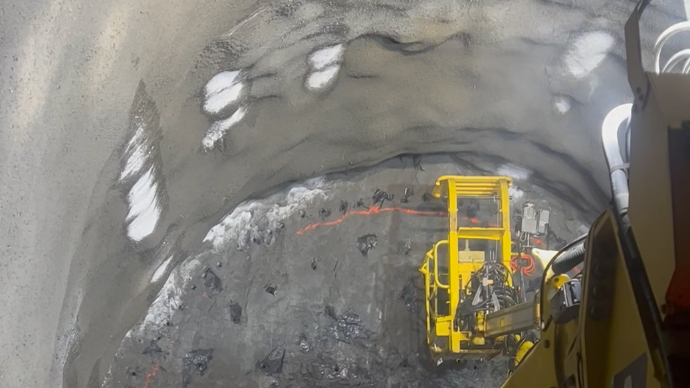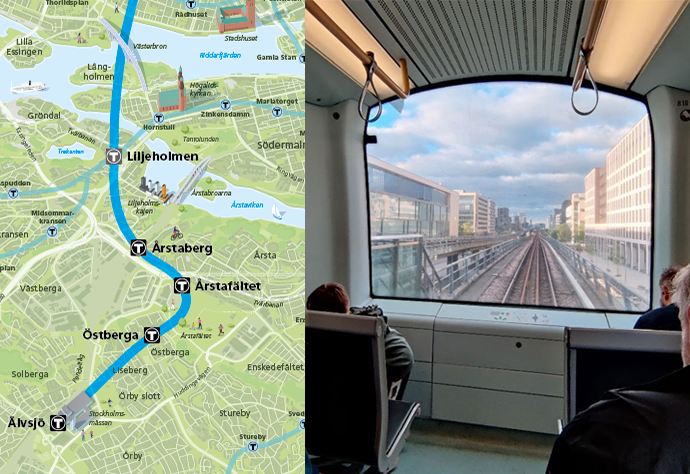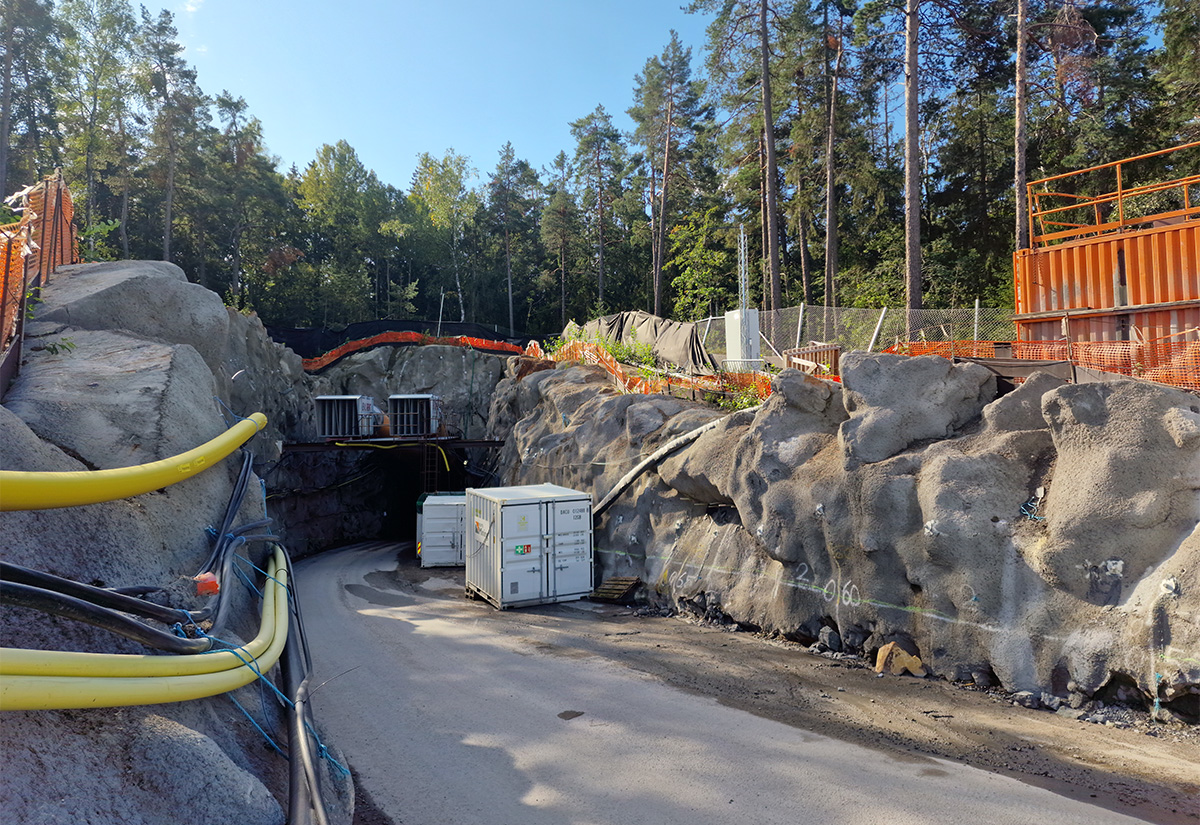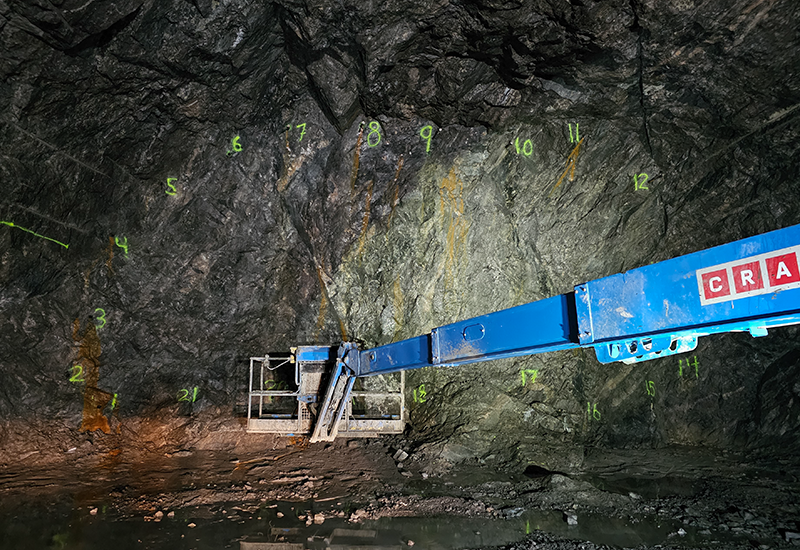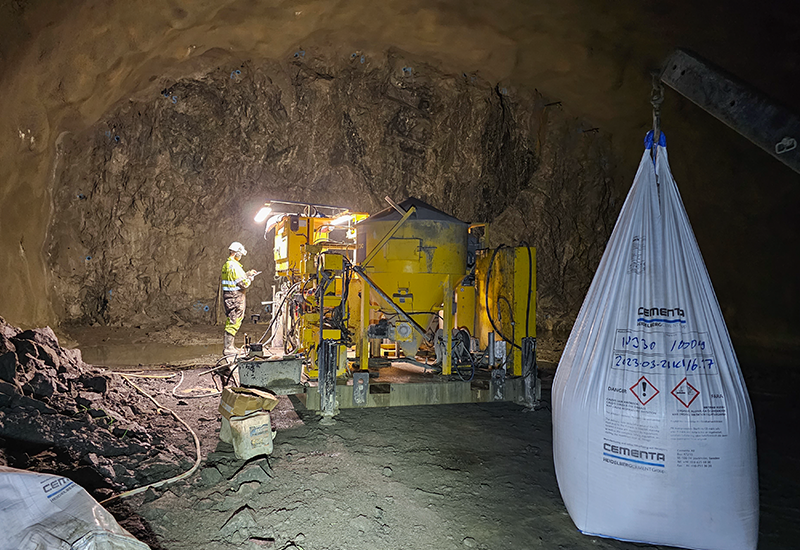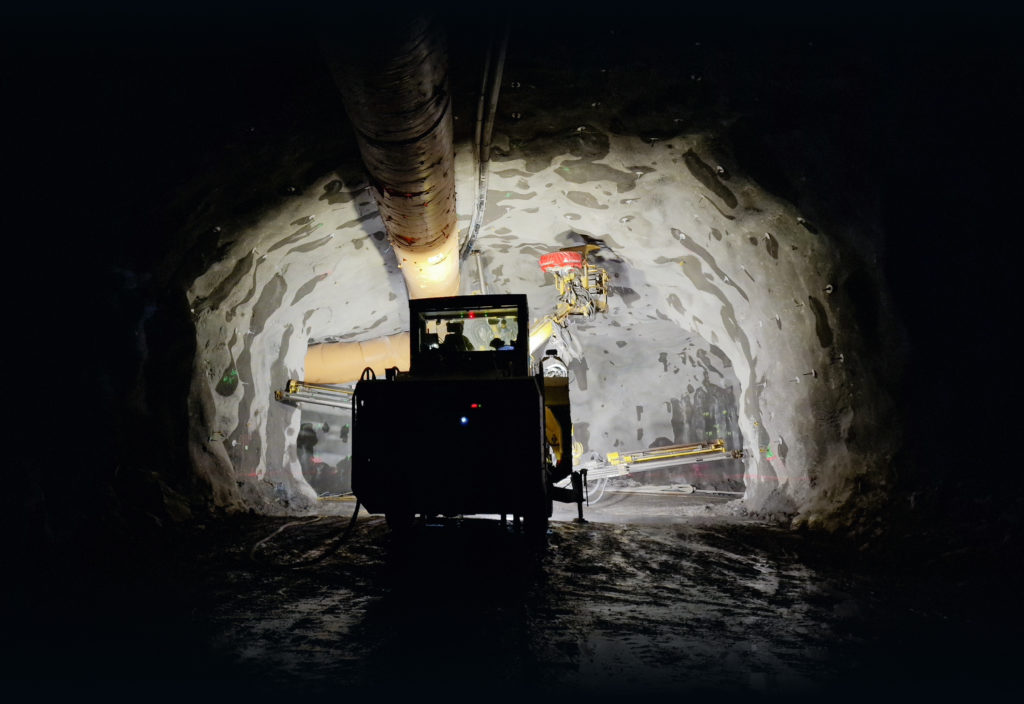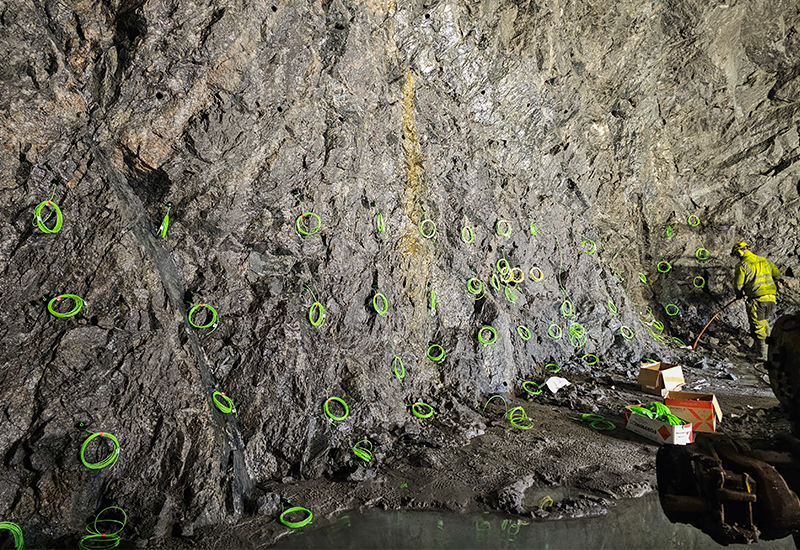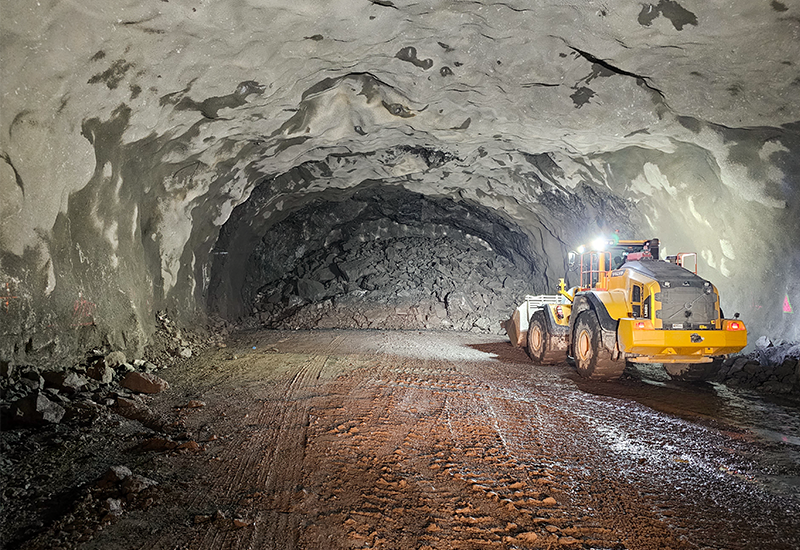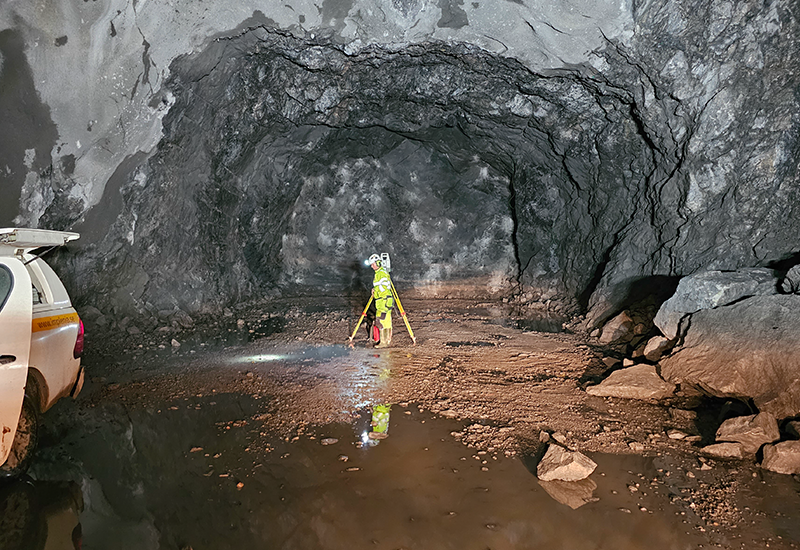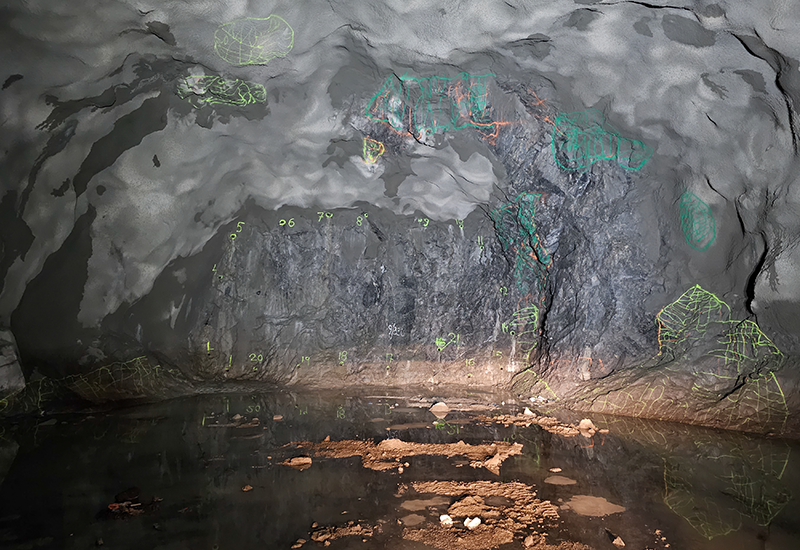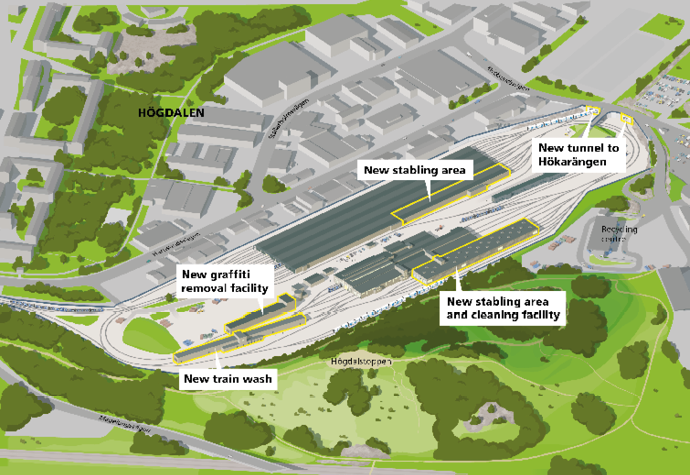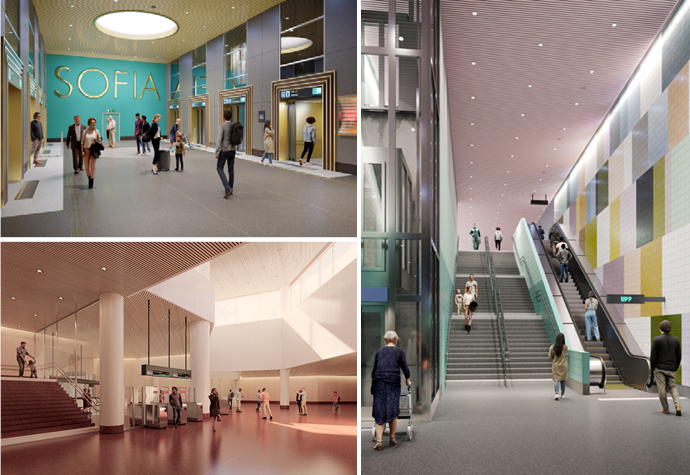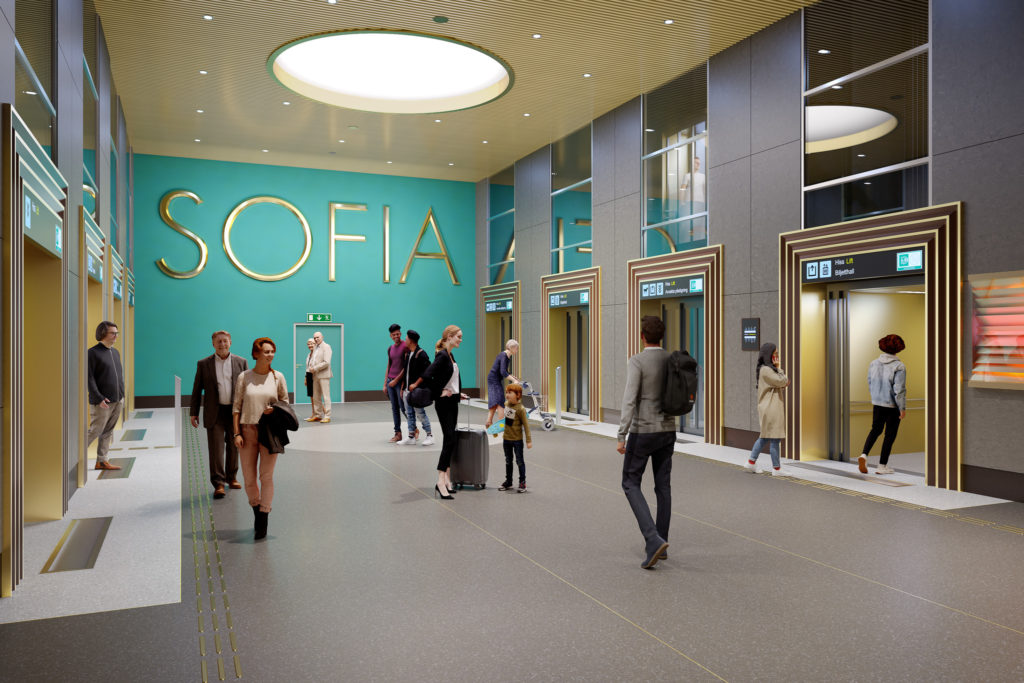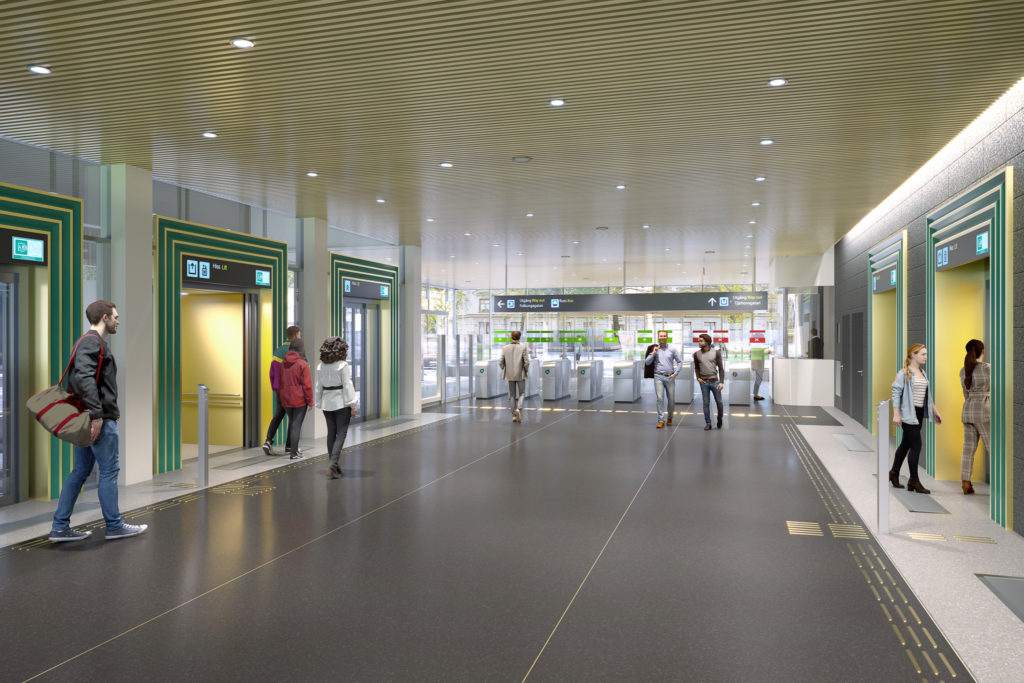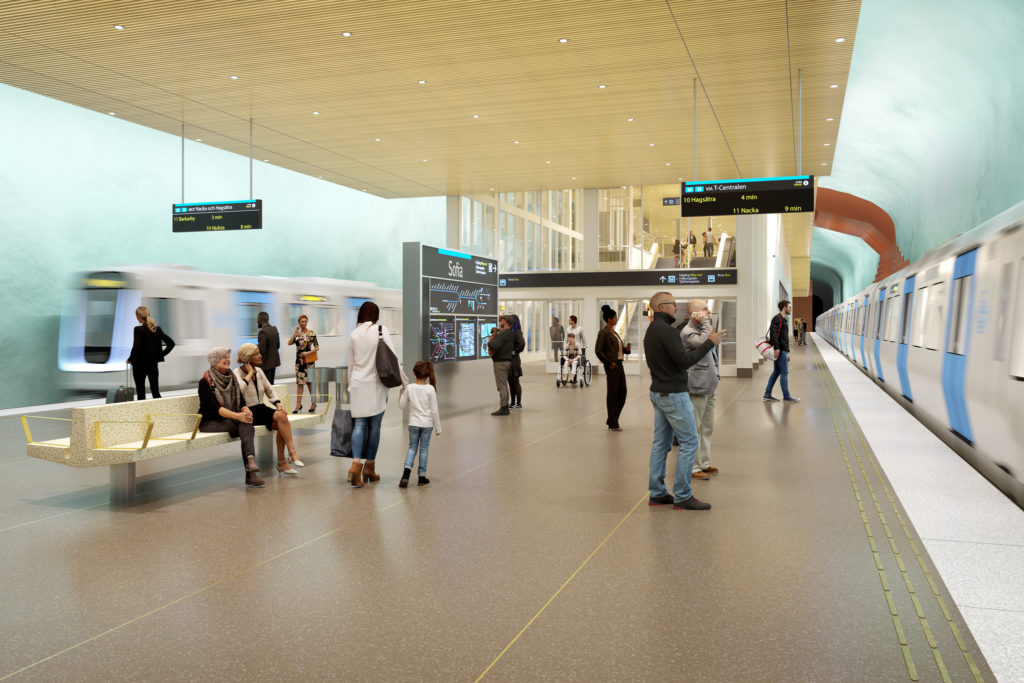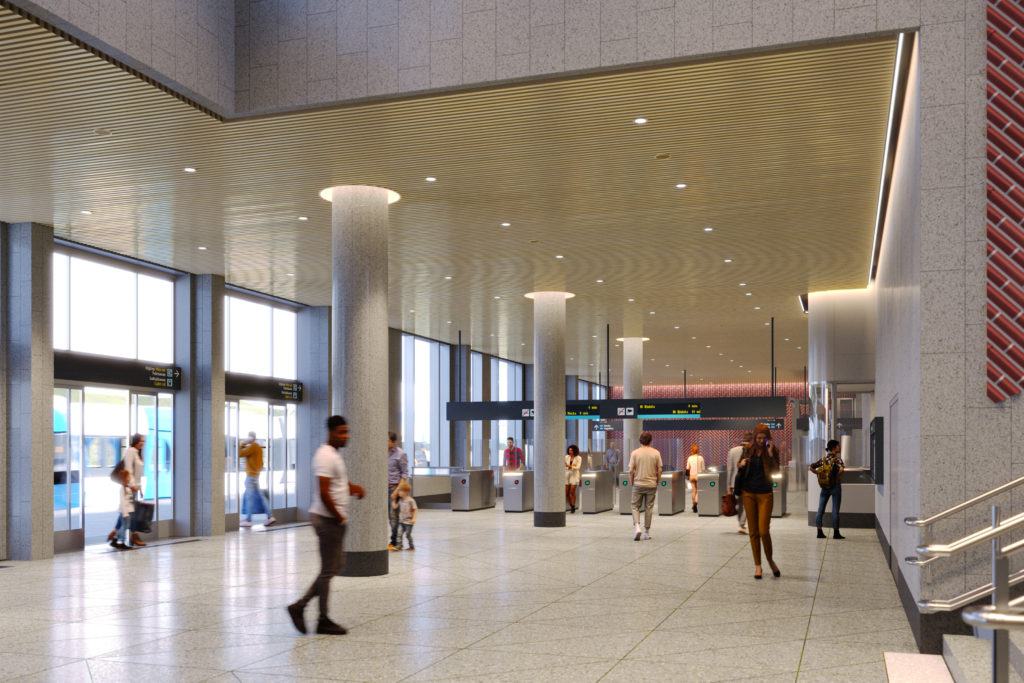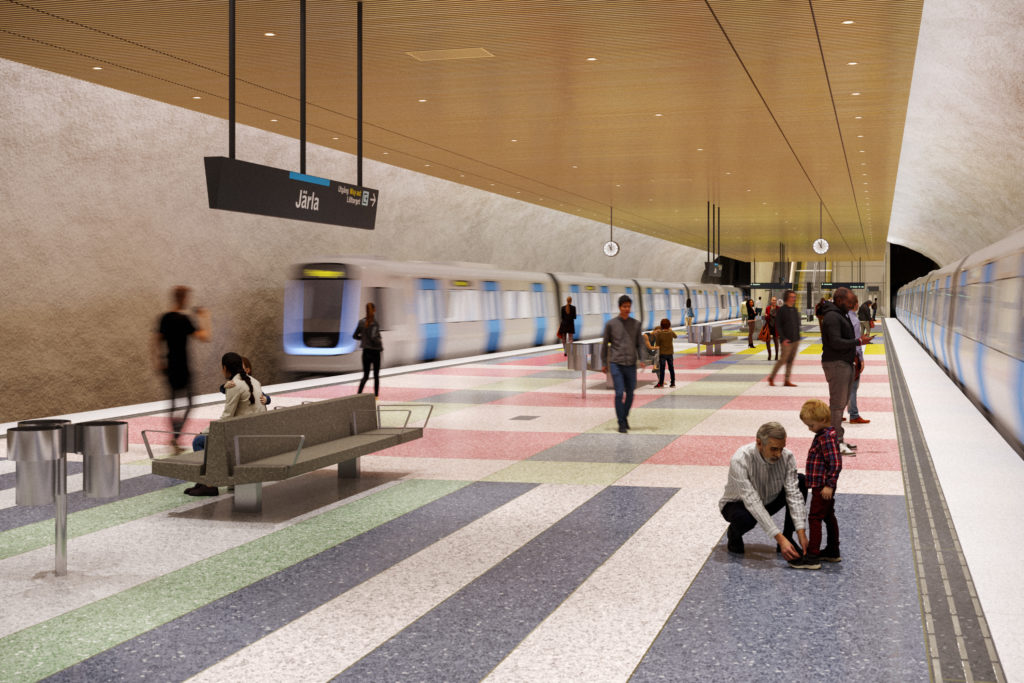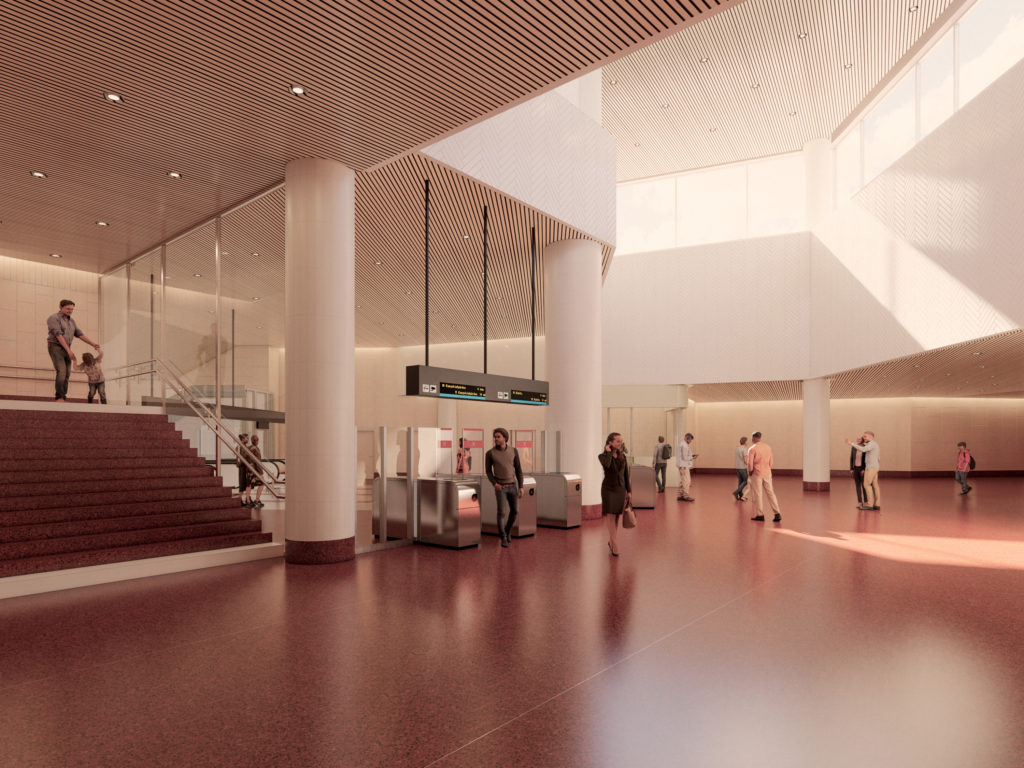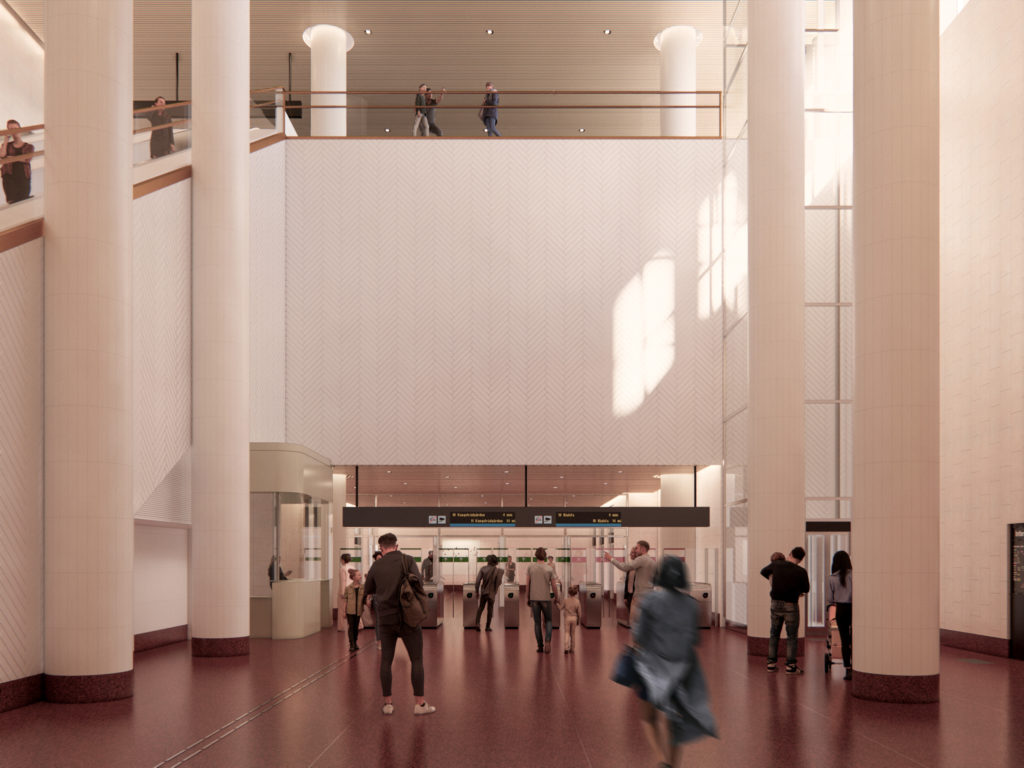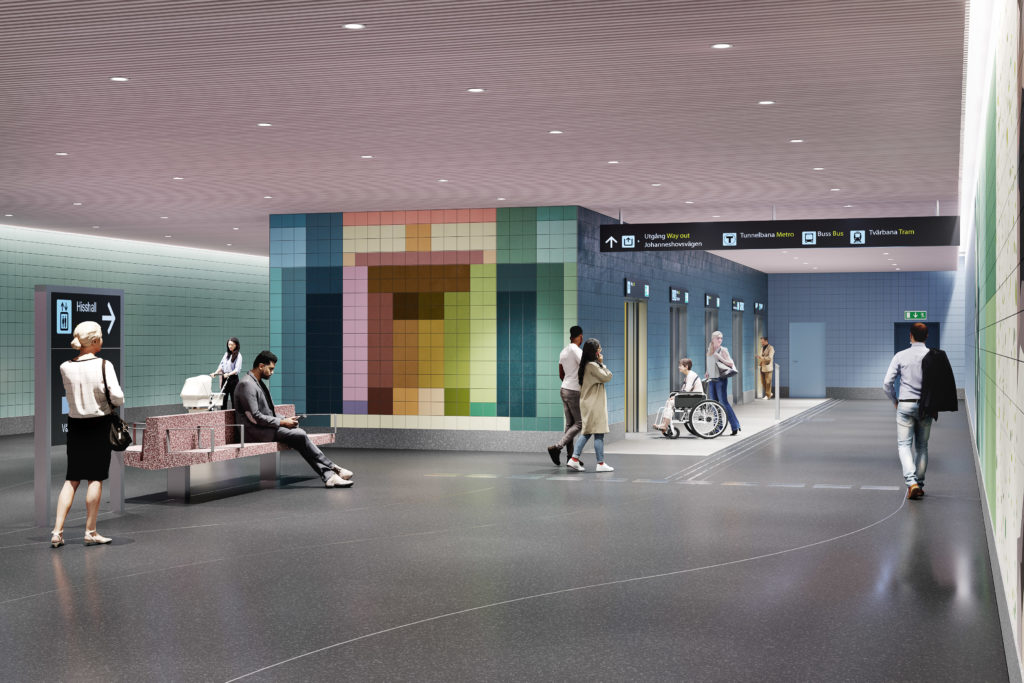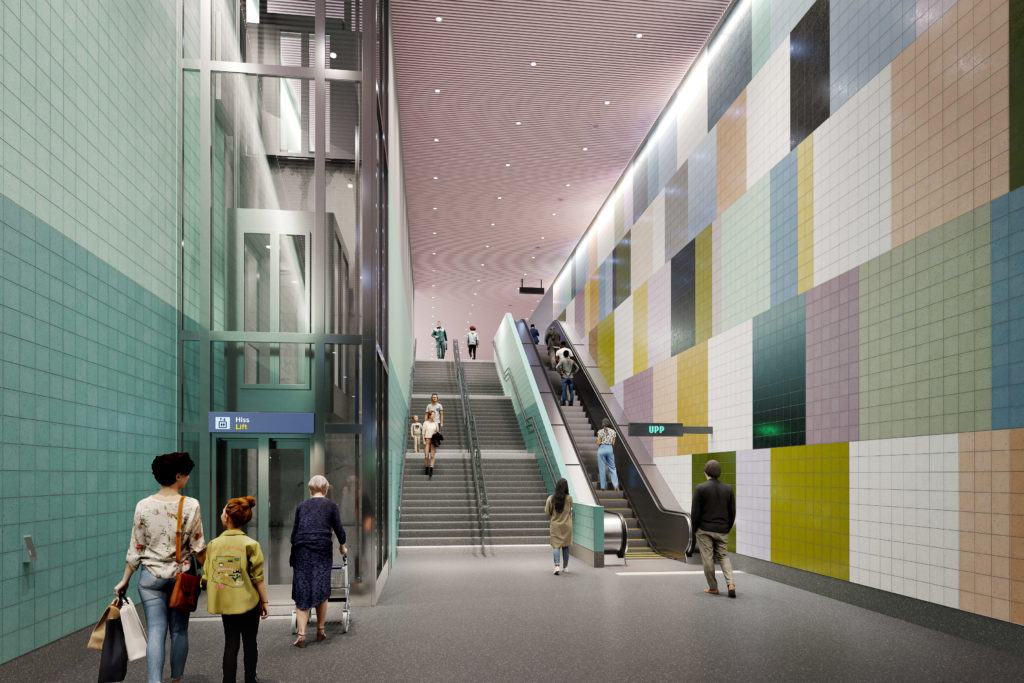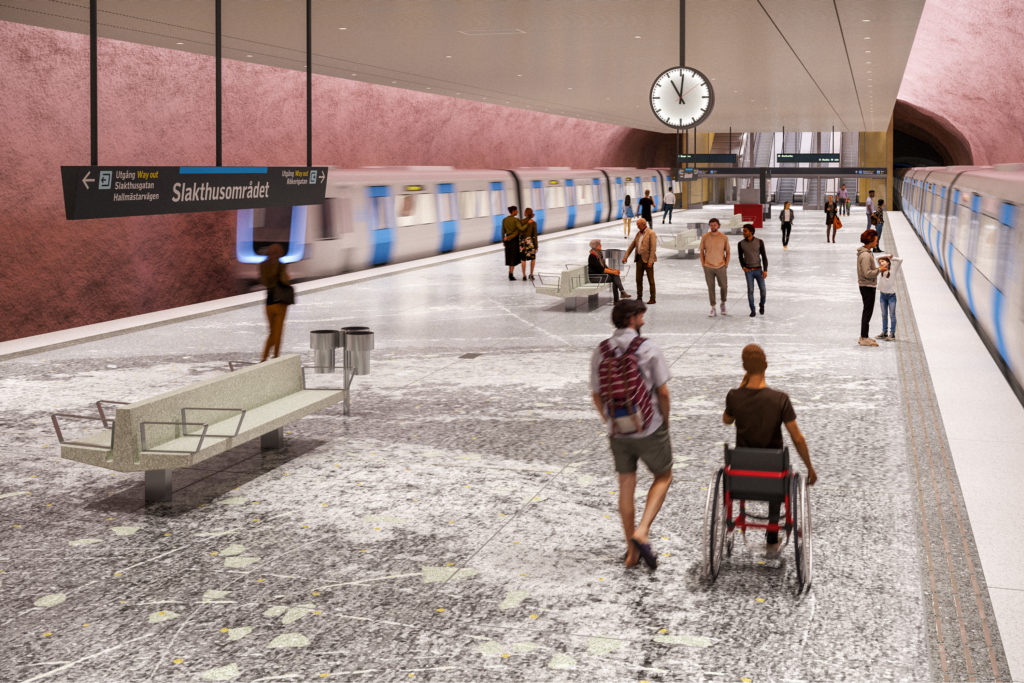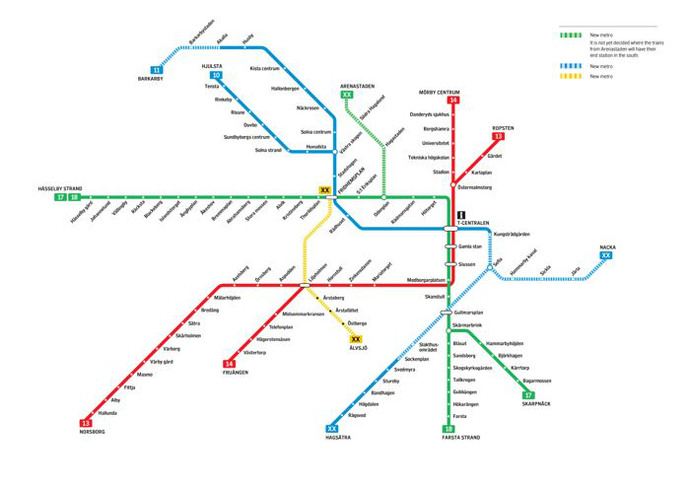Bussines Sweden
Business Sweden is a crucial resource for international companies looking to establish a business in Sweden. Their guide provides comprehensive information on starting and operating businesses in the country.
Verksamt.se
Verksamt.se is a joint service from several Swedish authorities. They provide information and step-by-step guides for business establishment, including registration and permits.
Swedish Agency for Economic and Regional Growth – Business Support (Tillväxtverket)
The Swedish Agency for Economic and Regional Growth provides support and financing opportunities for businesses. Their website contains information on various support programs and financial resources.
Swedish Companies Registration Office (Bolagsverket)
Bolagsverket is the Swedish Companies Registration Office, offering information on company registration, legal requirements, and corporate governance.
Public Employment Service – Recruiting Abroad (Arbetsförmedlingen)
If you plan to hire personnel in Sweden, the Public Employment Service can be a valuable resource. They offer support and advice on the recruitment process and workforce-related issues.
Swedish Work Environment Authority (Arbetsmiljöverket)
The Swedish Work Environment Authority oversees workplace conditions, health, and safety. Understanding their guidelines is crucial for compliance with Swedish labor laws.
Work Permits and Visas
Before planning your move, check the requirements for work permits and visas. The Swedish Migration Agency (Migrationsverket), responsible for immigration matters, provides detailed information on the application process and eligibility criteria.

